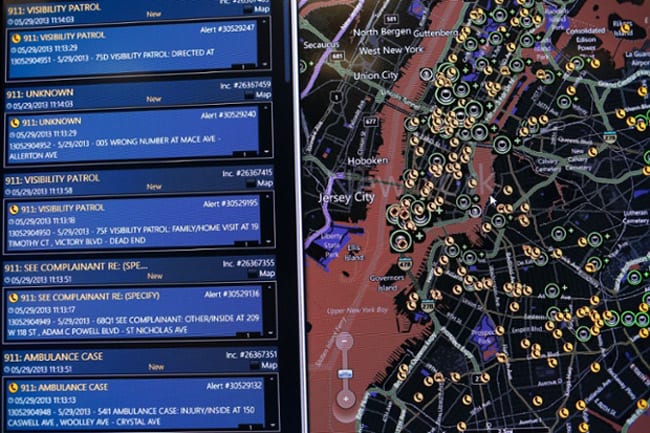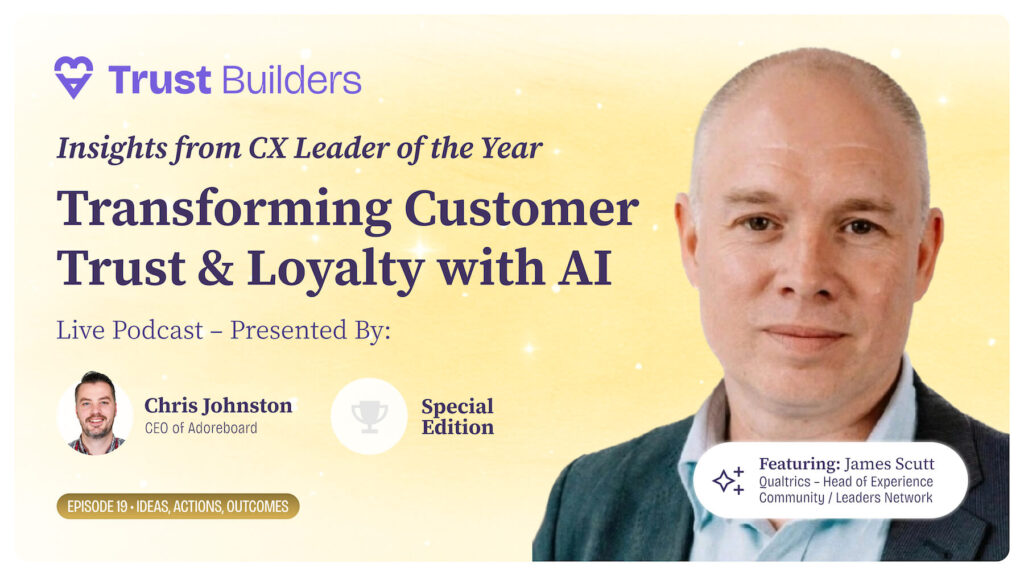Image: NYPD’s Domain Awareness System uses hi-tech tools previously used in counterterrorism operations. Photograph: Shannon Stapleton/Reuters via The Guardian
The promise of big data is that it can provide the bridge between rows of data and some insight that can transform a business. We’ve seen some great examples of how predictive analytics has helped policing in LA. A team of cop come data scientists crunched data for high probabilities of certain types of crime, placing little red boxes on maps of the city that are streamed into patrol cars.
It can often go wrong as in the case of the UK General Election.
Not only did the pollsters get it wrong but a few data analytics companies punted predictions in hope of PR glory, as reported by the BBC.
Marketing for analytics companies are awash with the buzz words: we translate data into insights. It’s a bit like the old promises from the Soap companies from back in the day: No our washing powder is the only one that can give you the results you need.
So what about emotions being a predictor for human behaviour. May be not I hear you say?
Maybe so:
- Schmitt as recent as 2012 coined the phrase ‘Brand Affect’ noting the idea that consumers experience different emotions linked to a brand or brand experience.
- Our learned friends Chaudhuri & Holbrook in 2001 research found that emotion determines not only the purchase loyalty of a product, but also its attitudinal loyalty.
- We don’t have to go too far further back to find Smith and Ellsworth in 1985 telling the emotional reaction to a brand can be a conscious cognitive-thought and also an unconscious thought process.
So yes, these are all decent tit bits for a chin wag during coffee break with your fellow elbow patched academics. What about the real world, what about the data into insights people keep on banging on about?
In the interests of brevity, we are going to outline a couple of examples as to how understanding emotion in data can drive business impact.
Example 1: The Airline
Havas helia have a pretty impressive record in taking everyday transactional communication and injecting them with life, laughter and of course emotion. They do this for easyJet:
We worked with Havas helia to explore the connection betweenemotion and behaviour. In this, was there a correlation between emotion and click through rate for easyJet transactional emails?
We analysed 30 email templates, that had been sent to millions of easyJet customers, for emotional content.
Once our analysis was complete, we compared our findings to the click-through rates these emails had achieved.
- Traffic from emails explained by the emotional content in proportions between 28.5% and 57.9%.
- Collaboration exists between how well the content scored emotionally and click through rates.
- Emails with a score of 58 had a click through rate of 15.8% featuring high activation emotions such as Ecstasy and Admiration.
Based on our findings, analysing 30 templates which had been sent to millions of people, we had enough data to predictively optimise future email templates for open-rate.
This optimisation was achieved by including the emotion(s) which we had evidence to suggest created an action in terms of click through.
For example, a reminder for final checkin can include language which evokes various emotions. These emotions can facilitate action, or potentially inaction. When optimised for action, we seen considerable potentail for increase in click through
The result was a click through uplift from 13.4% to a predicted click through rate of 23.7%.
Example 2: The Barista
Is there a correlation between the Adorescore given to a Facebook ad and the performance of the Facebook ad? Working with Prufrock Coffee, data supremos Mark Thomson and Tania Mag we looked at targeting London coffee fanatics on Facebook by fine tuning the content for emotional intent.
To do this we called upon some of the leading marketing talent from London to write ads, shakespeare would be proud of, to lure coffee lovers to take part in Prufrock Coffee barista training. The ads were then ran on Facebook over a number of days to see which ads got the highest click through rates.
The findings were:
- Most ads contained high activation emotional content, with an average of 56% of all emotions being high activation – ecstasy, admiration and vigilance at the top.
- Only two ads had low activation emotions, as a consequence only 1% of emotions are low activations overall.
- When the emotional content is too high, it puts people off.
- The click rate (number of clicks versus number of impressions) has a polynomial shape grade 2, increasing initially with the Adorescore, but flattening after a score of 80 and decreasing after 90.
- The winning advert had an Adorescore of 73 and resulted in a click through rate of 1.67.
Example 3: You?
To find out more about how we can help you, drop us a message and let’s arrange a 15 minute call.




